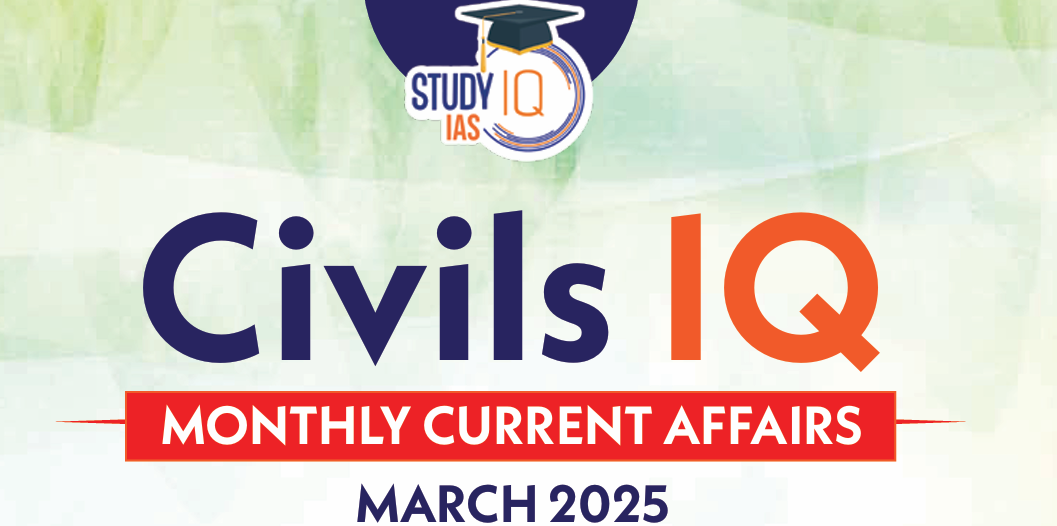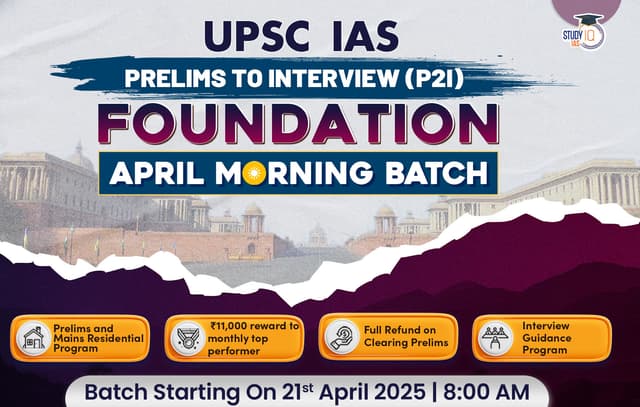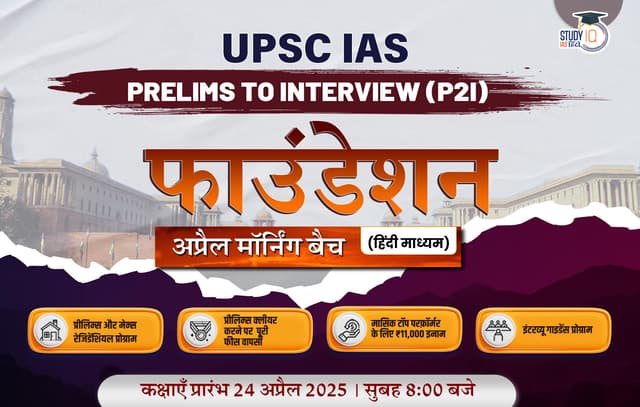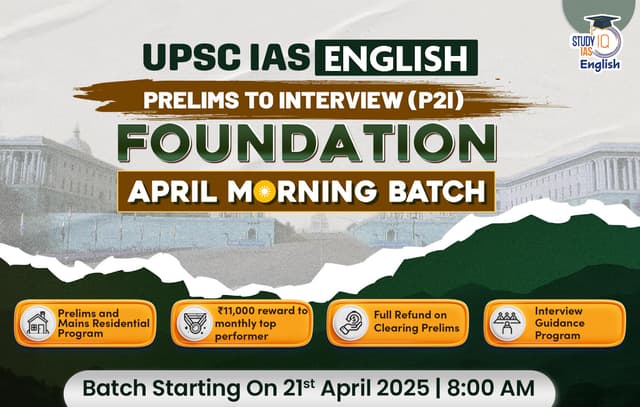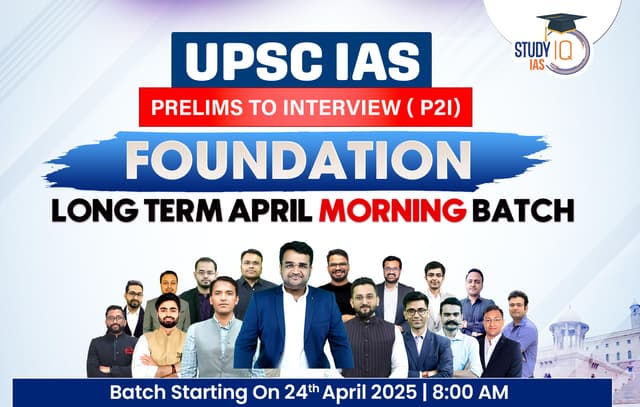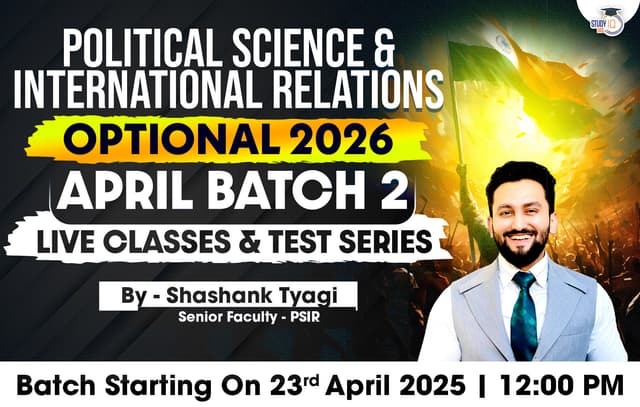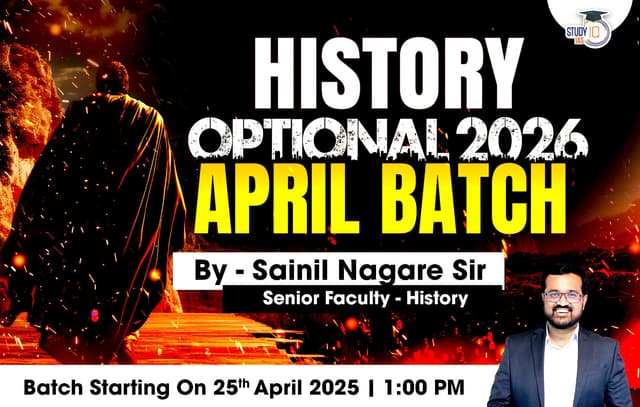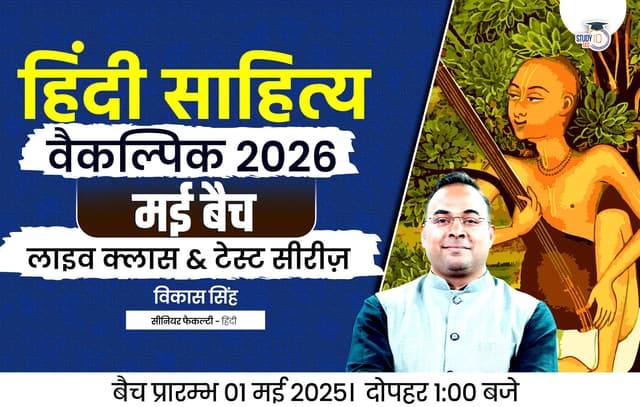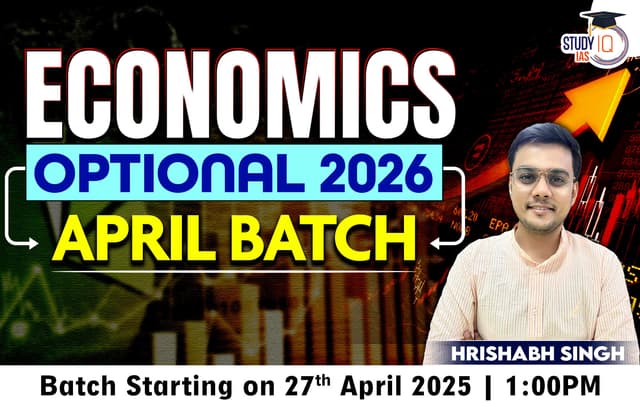Table of Contents
Context
- The current landscape of medical education is marked by a paradox: a significant shortage of medical doctors exists alongside governmental and professional resistance to expanding access to medical training.
- This situation has led to increased international mobility among medical students, with many seeking education abroad due to limited opportunities in their home countries.
Challenges in Medical Studies in India
Limited Medical Seats & High Competition
- Around 3 million students appear for the NEET exam annually, but only 1 in 22 secures admission.
- Government medical seats are limited, and private colleges charge exorbitant fees, pushing students to study abroad.
Quality Concerns in Foreign Medical Education
- Many Indian students study in countries like Russia, pre-war Ukraine, China, and the Philippines, where education quality varies.
- Graduates must clear the Foreign Medical Graduate Examination (FMGE) to practise in India, but the pass rate remains low.
Regulatory and Infrastructure Issues
- India faces a shortage of faculty and infrastructure in medical colleges.
- Many newly established medical colleges lack adequate hospital facilities and experienced faculty.
Rural-Urban Healthcare Divide
- Most medical graduates prefer urban postings due to better facilities and pay, leaving rural healthcare underdeveloped.
- Bonded service requirements for government medical colleges often go unenforced.
Internship and Residency Bottlenecks
- Even after medical graduation, securing internship and postgraduate residency seats remains highly competitive.
Global Challenges
International Student Mobility and Quality Variations
- Over 2,00,000 students study medicine outside their home countries, often in institutions with questionable training standards.
- European countries like Poland and Hungary attract U.S. and European students, while the Caribbean caters to U.S. aspirants.
Regulatory Gaps in Foreign Medical Schools
- Many international medical schools are for-profit institutions with minimal oversight.
- Language barriers and cultural adjustments also impact students’ learning experiences.
Licensing and Accreditation Hurdles
- Medical graduates must pass licensing exams (e.g., USMLE in the U.S., FMGE in India) to practise in their home countries.
- Different countries have varying recognition standards, making it difficult for foreign-trained doctors to integrate into their home healthcare systems.
Shortage of Medical Seats in Developed Nations
- Countries like Norway, France, and Germany have limited medical seats, forcing students to study in Central and Eastern Europe.
- The shortage of doctors leads to dependency on foreign-trained professionals, raising concerns about skill standardization.
Recent Budget Announcements on Medical Education (Union Budget 2025)
Increase in Medical Seats
- The government has added nearly 1 lakh undergraduate and postgraduate seats in the last decade, marking a 130% increase.
- Plans to introduce 10,000 additional medical seats in 2026.
Long-Term Expansion Plan
- The government has set a target to add 75,000 more medical seats over five years to meet the rising demand for doctors.
Conclusion
While the Indian government is taking steps to expand medical education, challenges such as infrastructure, quality control in foreign medical education, and licensing hurdles remain significant. The global trend of students seeking medical education abroad due to limited seats and high costs highlights the need for better regulatory frameworks and capacity-building in domestic medical institutions.

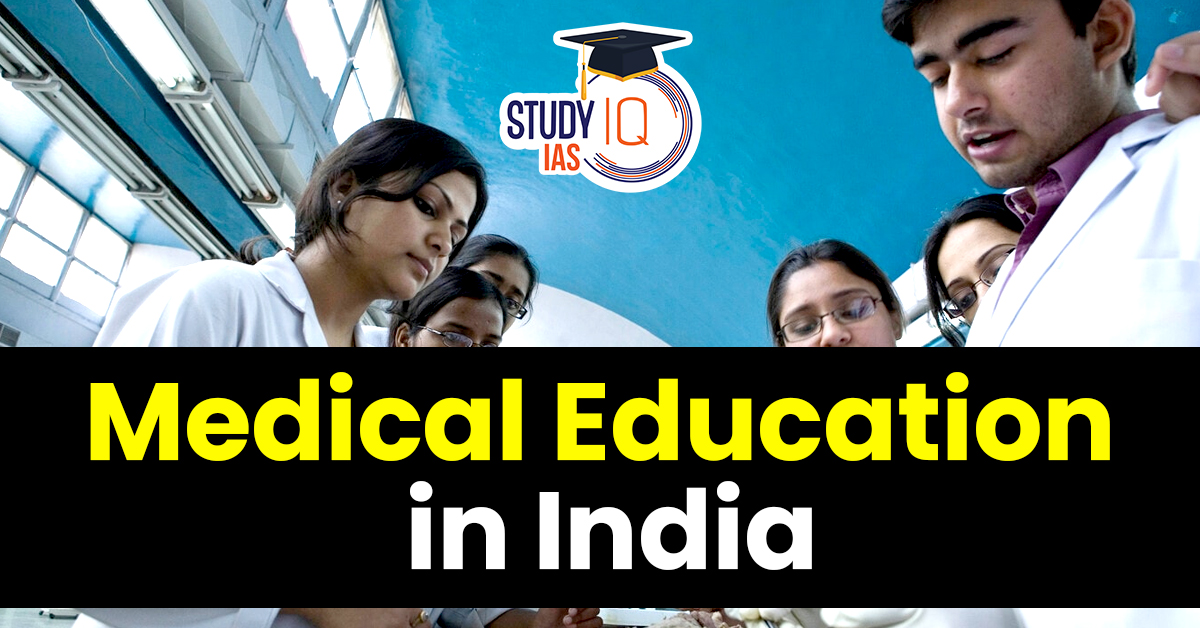
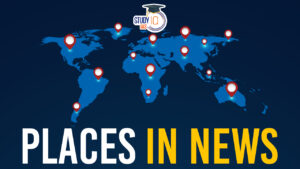 Places in News for UPSC 2025 for Prelims...
Places in News for UPSC 2025 for Prelims...
 New Phase of Operation Chakra to Combat ...
New Phase of Operation Chakra to Combat ...
 Soyuz Aircraft: History, Design and Sign...
Soyuz Aircraft: History, Design and Sign...
